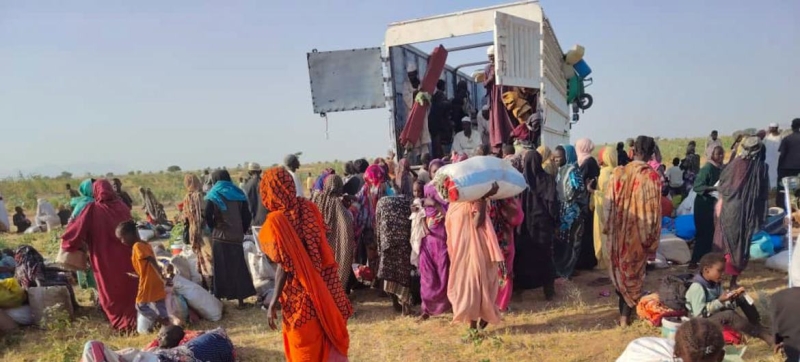
People fleeing Sudan’s El Fasher are receiving assistance in Tawil. The World Food Program plans to help 110 million people next year – only a third of those in need Humanitarian aid
The world is plunging into a global food crisis and there are desperately insufficient resources to help everyone in need, the UN World Food Program (WFP) warned on Tuesday.
The organization forecasts that 318 million people will be at risk of hunger or worse next year by 2026—more than double the 2019 figure. However, due to cuts in global humanitarian funding, WFP is forced to provide assistance to only a third of those in need.
In 2026, the organization plans to support 110 million people – some of the most vulnerable, which will cost about $13 billion. However, current forecasts indicate that WFP may receive only about half of this amount.
“The world simultaneously faced famine in several regions – in Gaza and parts of Sudan. This is completely unacceptable in the 21st century,” said WFP Executive Director Cindy McCain.
“Around the world, hunger is becoming chronic. WFP has proven time and time again that early, effective and innovative decisions save lives and change lives. But we desperately need massive support to continue this critical work,” she added.
In 2025, WFP’s famine prevention efforts helped a number of communities avoid disaster. However, the global food crisis continues unabated: due to conflict, extreme weather events and economic instability, 2026 is expected to be another year of severe food shortages.
WFP will continue to provide emergency food assistance, support and training for communities, and provide technical support to governments. There will be a special focus on innovation and technology to expand assistance to families who rely entirely on humanitarian support.
“We are transforming our work to invest more in long-term solutions to food insecurity,” McCain said.
WFP calls on the international community to invest in proven solutions to stop the spread hunger.
